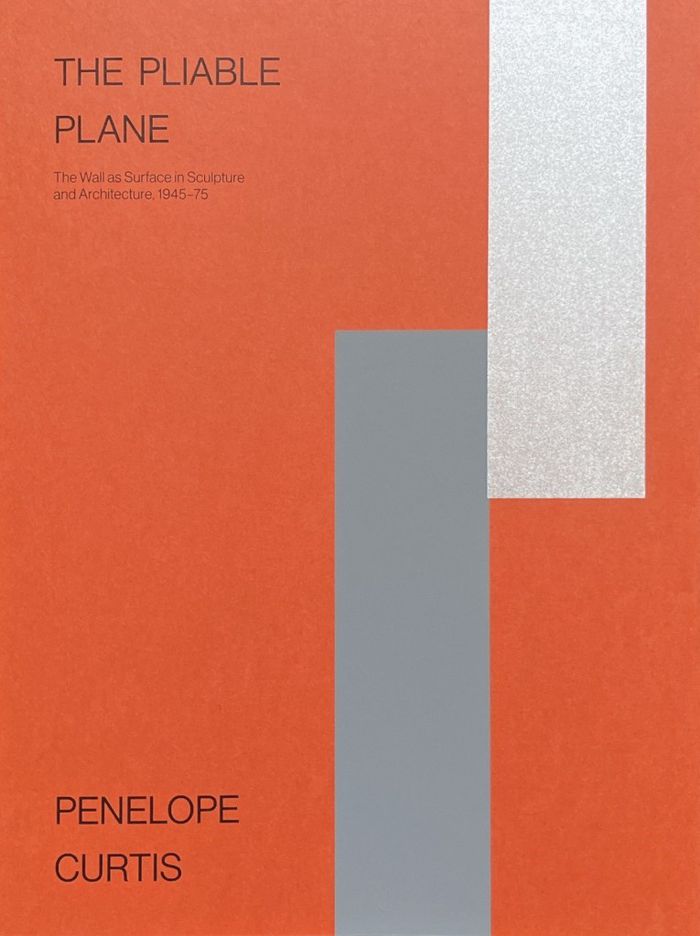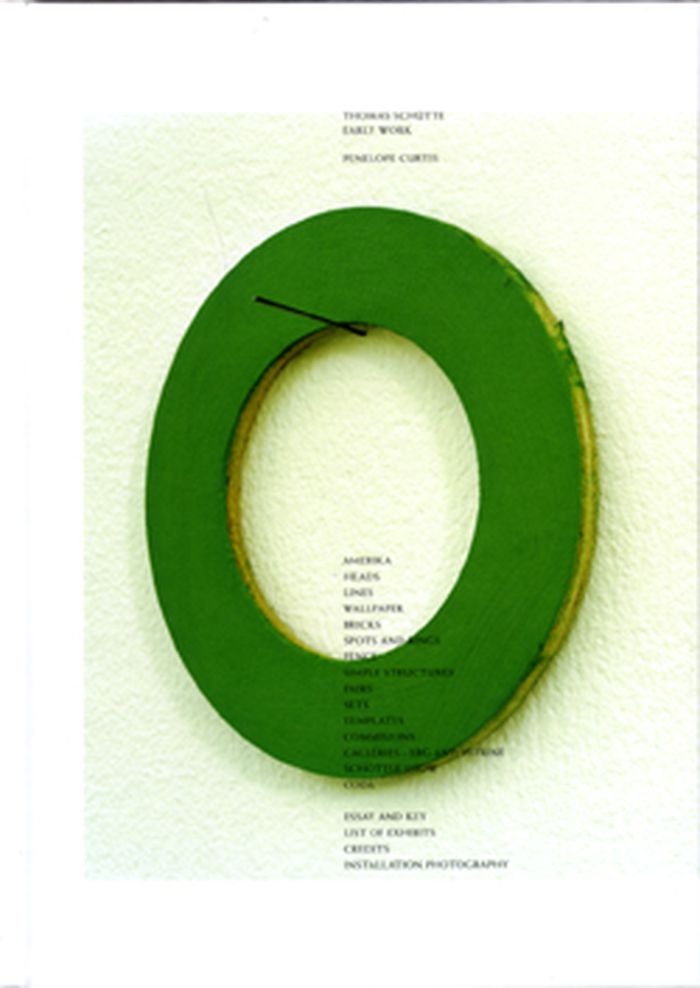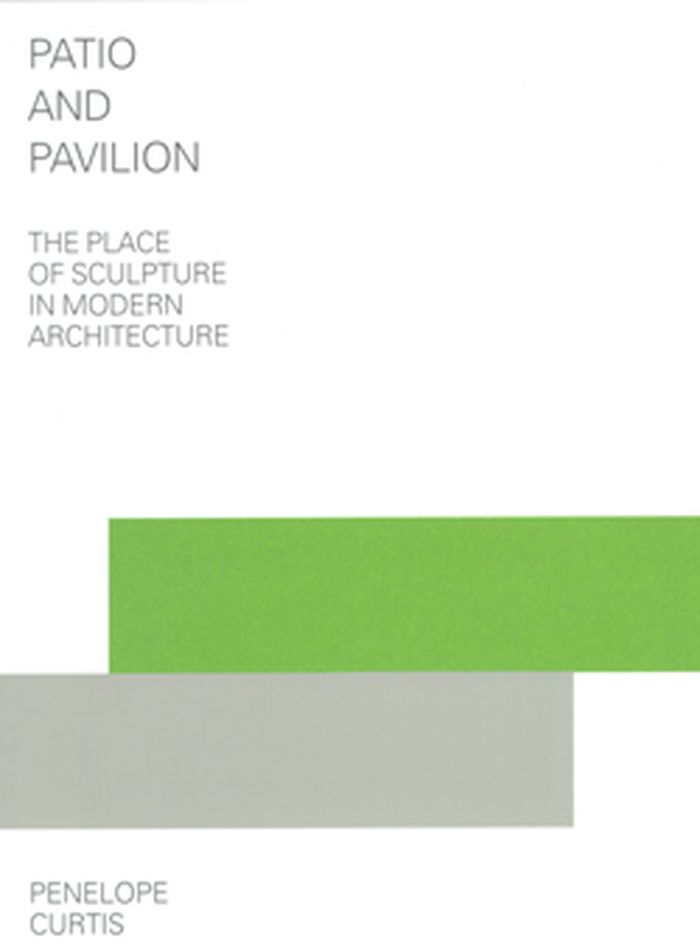$55.00
(disponible sur commande)
Résumé:
In this book, curator and historian Penelope Curtis traces the ways sculp¬ture infiltrated architectural thought over the post-war period. Her study identifies the wall as a particular locus of creative thinking – a surface which produces both continuity and separation, and which similarly unites and distinguishes the two disciplines. Surveying a series of walls – carved,(...)
The pliable plane: The wall as surface in sculpture and architecture, 1945-1975
Actions:
Prix:
$55.00
(disponible sur commande)
Résumé:
In this book, curator and historian Penelope Curtis traces the ways sculp¬ture infiltrated architectural thought over the post-war period. Her study identifies the wall as a particular locus of creative thinking – a surface which produces both continuity and separation, and which similarly unites and distinguishes the two disciplines. Surveying a series of walls – carved, cast, applied, imagined, and even conceptual – in such places as bomb shelters, caves, war memorials, and public buildings, Curtis introduces a cast of renowned and lesser-known practitioners who defined the three-dimensional conception of the years 1945 to 1975. With close readings of the work and lives of Henry Moore, Anni Albers, Frederick Kiesler, Jorge Oteiza, and Mary Martin, among others, Curtis’s lucid history encom¬passes the developments of wartime production, the discovery of the Lascaux Caves, and the rise of relief art.
Théorie de l’architecture
Thomas Schütte, early work
$52.00
(disponible sur commande)
Résumé:
This book was published on the occasion of the exhibiton at the Henry Moore Institute in Leeds from 23 september 2007 to 6 january 2008 and at the Kunstmuseum Liechtenstein from 1 february to 20 april 2008.
Thomas Schütte, early work
Actions:
Prix:
$52.00
(disponible sur commande)
Résumé:
This book was published on the occasion of the exhibiton at the Henry Moore Institute in Leeds from 23 september 2007 to 6 january 2008 and at the Kunstmuseum Liechtenstein from 1 february to 20 april 2008.
$46.95
(disponible sur commande)
Résumé:
This is the first attempt to understand how sculpture and architecture have come to be fused in such an intriguing alliance. Mies van der Rohe's pioneering Barcelona Pavilion (1929) is taken as the point of departure and a leitmotif for the book, which concludes with Dan Graham's hybrid pavilion sculptures of the 1980s and 90s. It identifies the special status which(...)
Patio and pavilion: the place of sculpture in modern architecture
Actions:
Prix:
$46.95
(disponible sur commande)
Résumé:
This is the first attempt to understand how sculpture and architecture have come to be fused in such an intriguing alliance. Mies van der Rohe's pioneering Barcelona Pavilion (1929) is taken as the point of departure and a leitmotif for the book, which concludes with Dan Graham's hybrid pavilion sculptures of the 1980s and 90s. It identifies the special status which pre-war architects assigned to sculpture, and examines spaces for display and the independent sculptures which they housed: Eliel Saarinen's Cranbrook Campus, Edoardo Persico's Pavilion at the Milan Triennale, and Mies van der Rohe's celebrated paper project for a Museum for a Small City. Three further case studies show how architecture came to predominate over the sculpture which it housed: Philip Johnson's sculpture court for MoMA, Carlo Scarpa's extension to the Canova Gipsoteca; and the pavilions for Sonsbeek by Gerrit Rietveld and Aldo van Eyck.
Sculpture


